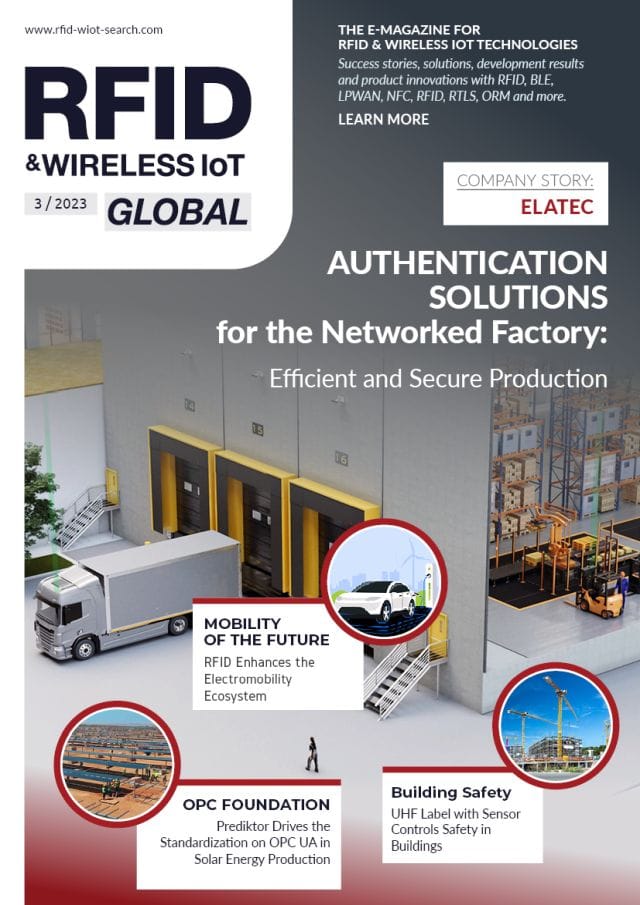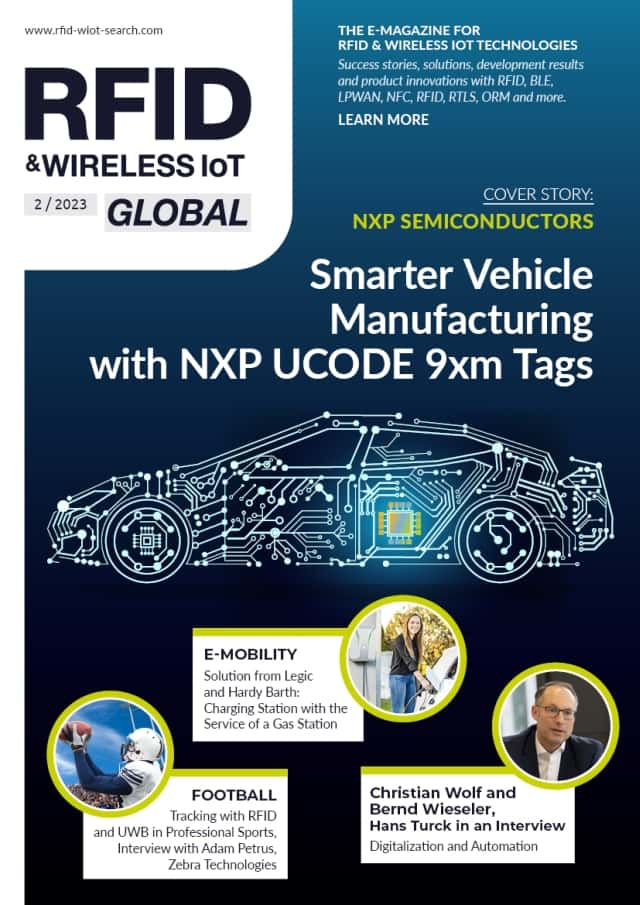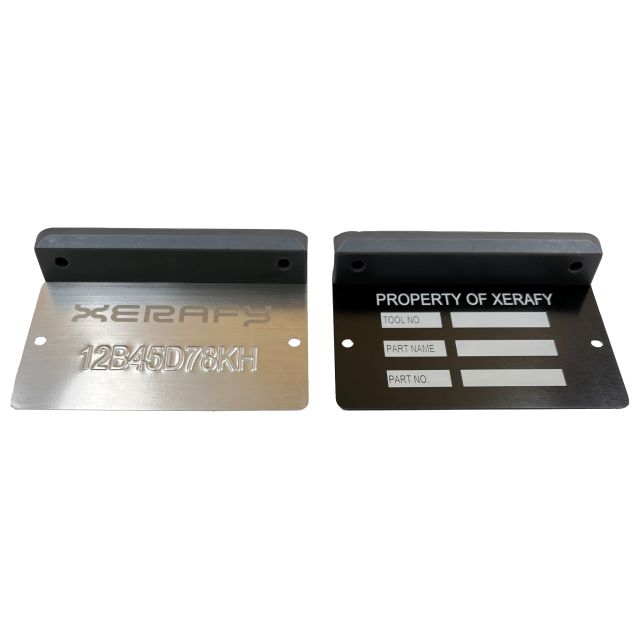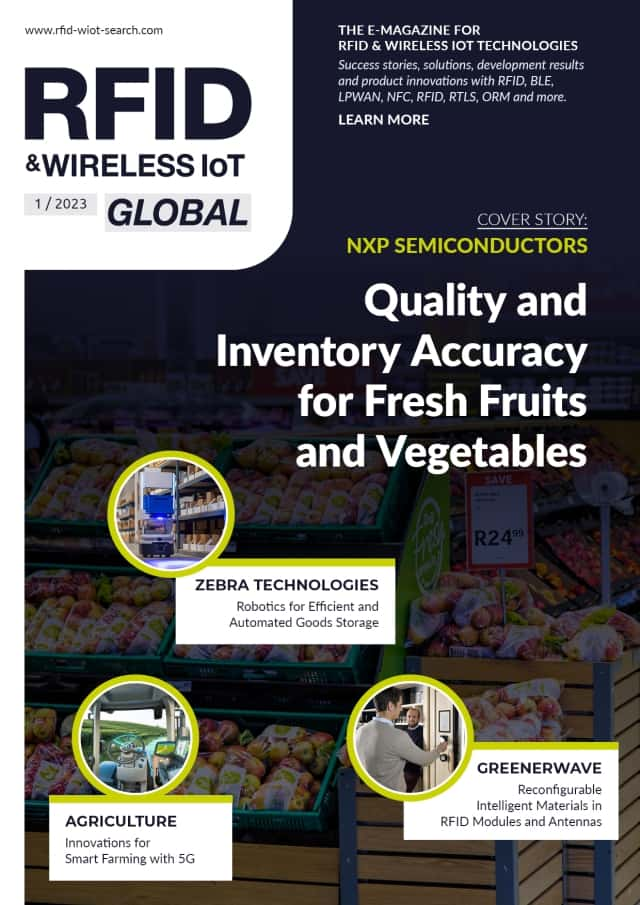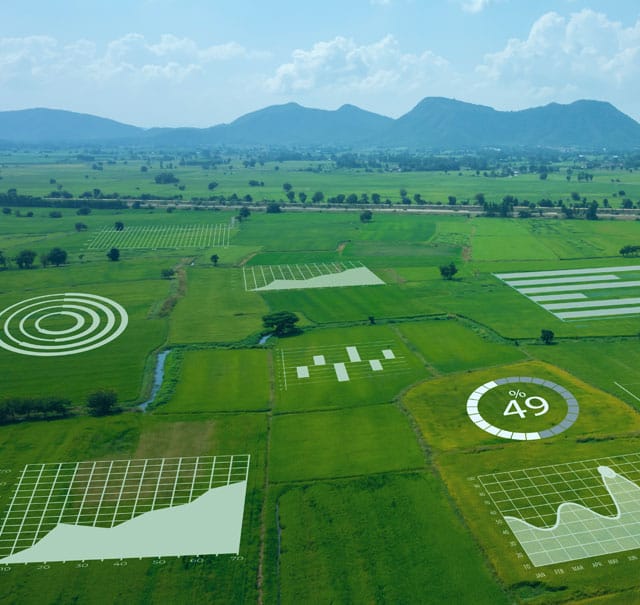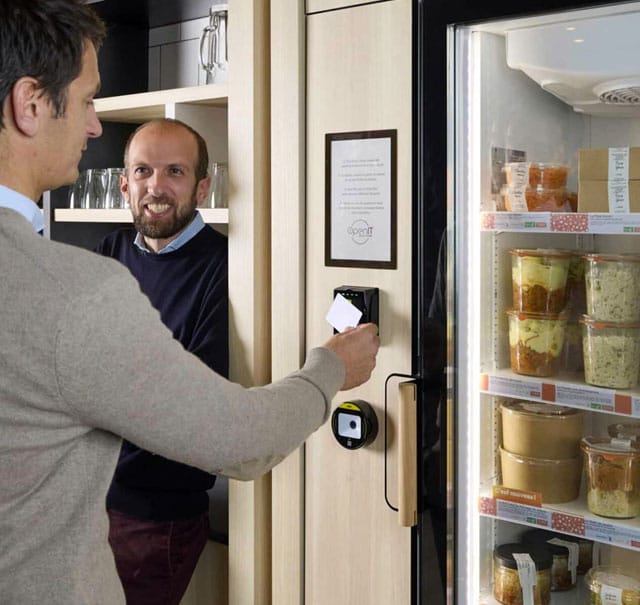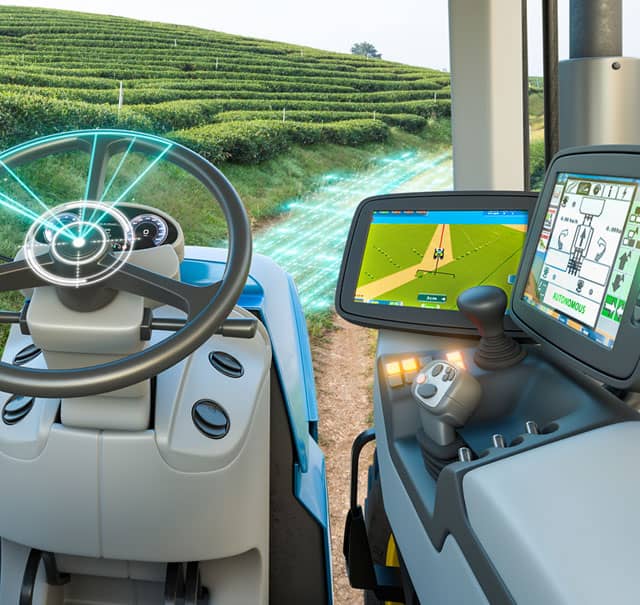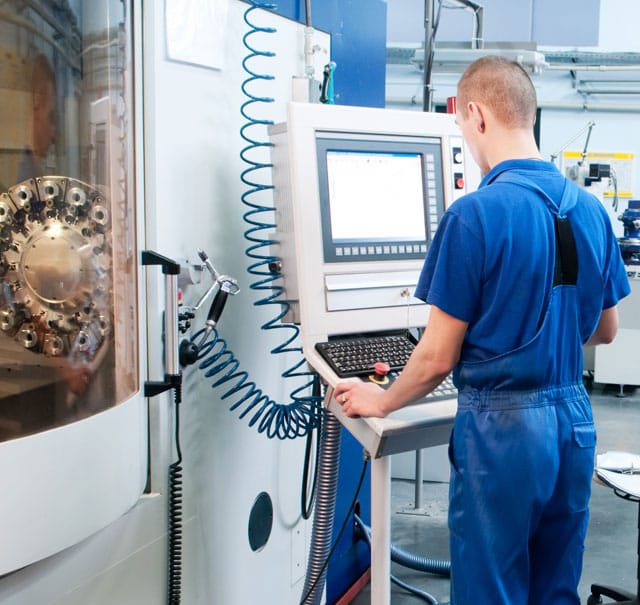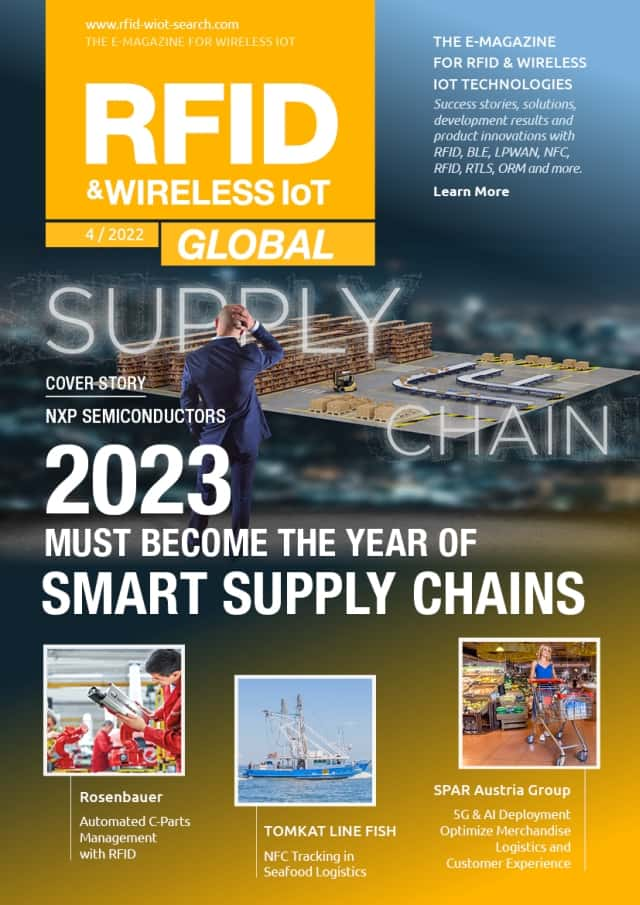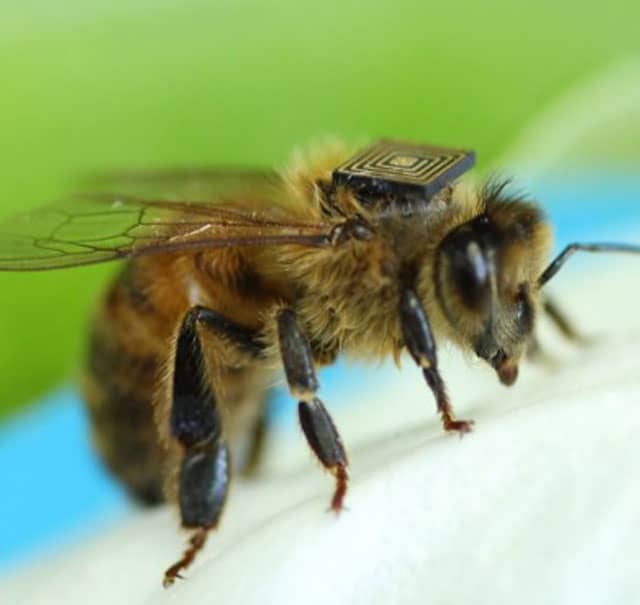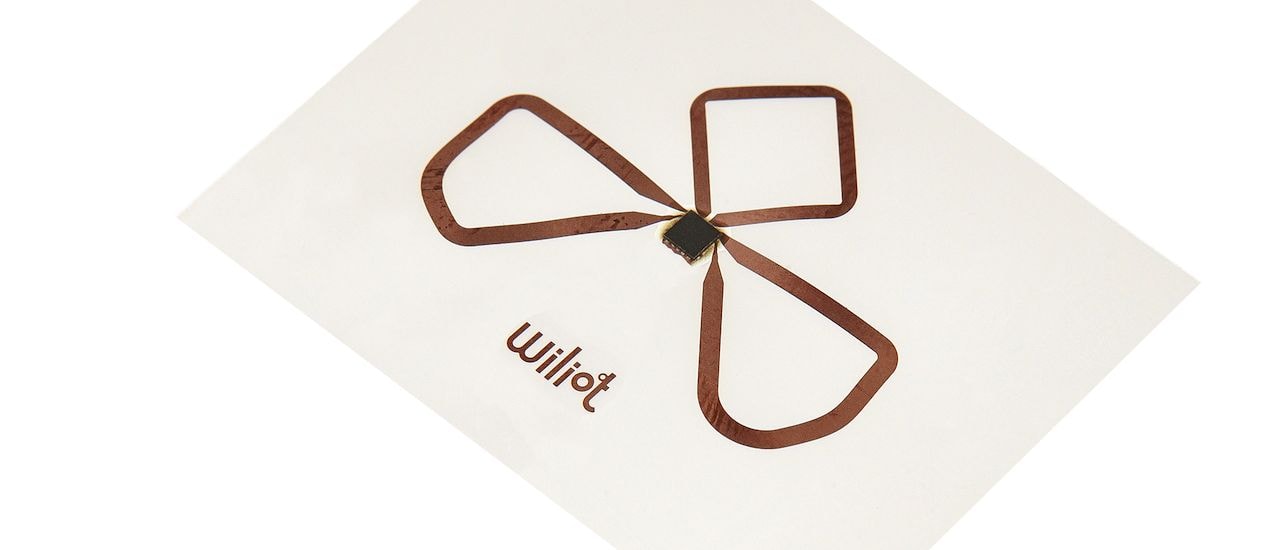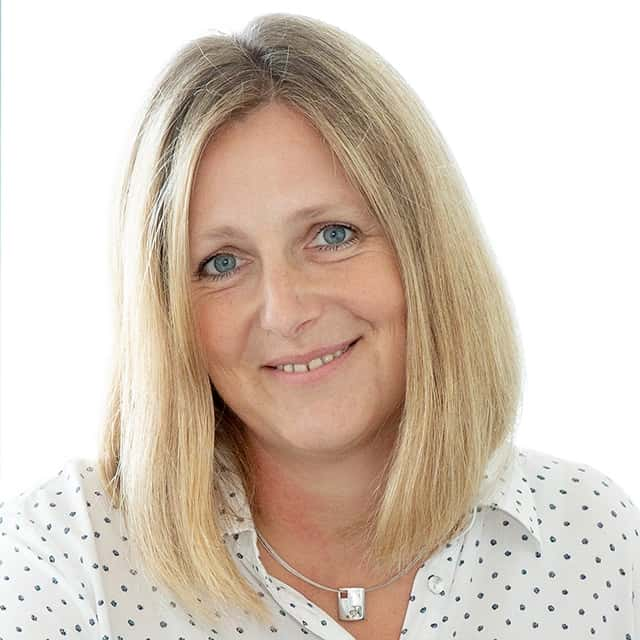Wiliot targets to deliver 500k chips in Q1/2021!
Wiliot’s goal is a revolution: The company Wiliot wants to release the first BLE chip that operates completely without a power supply. Even before the availability of the first chips, the company has completed its transformation from being a fabless semicon company to a cloud and chip supplier.
In an interview with RFID & Wireless IoT Global, Michael Zehnpfennig, Vice President Operations at Wiliot, reports on the current status of technological development, influences of Covid-19 as well as plans to deliver half a million chips to partners by Q1/2021.
Optimal Utilization of Time During the Pandemic
The biggest challenge for Wiliot as a result of the pandemic is travel restrictions. The fact that different teams from Wiliot contribute and collaborate from different countries around the globe makes this situation a challenge. Michael Zehnpfennig comments: ”Nevertheless, we have made huge progress. We were able to use this time of massive restrictions productively. Of course, the travel restrictions do slow us down, and our suppliers and partners also struggle with this situation. In recent months we underwent a transformation from a pure silicon vendor to a cloud- and silicon- company.”
Chips are Being Used in 24 Real Projects
„Two years ago, Wiliot was still a company with a brilliant idea for a novel chip”, says Zehnpfennig, looking back retrospectively. The company was very far along on the development side and elementary tests had already been carried out. Since then much has changed for the company. Michael Zehnpfennig explains: “Back then, we had a first version of the chip, but it was not publically available. The chips were not for sale. Since then, a ‘controlled release’ scheme was used to hand out chips to our partners. Today, we have 24 active projects in two categories – EAP (Early Advantage Program) and EPP (Early Pilot Program).”
Companies are contractually guaranteed to receive a larger number of chips.Several hundred thousand chips will be used in real projects. Zehnpfennig continues: ”We are now in a phase in which we harvest the first feedbacks from our partners in regard to the performance of our product.”
Pick-Up Sensing & 'Sensorless Sensing' via the Cloud
In chip development, data protection and data security are a major concern. For this reason, all communication is encrypted and for decryption, access to a cloud layer is necessary. Wiliot sees plenty of use cases for cloud services with their product, as Zehnpfennig explains: ”The cloud enables us to increase the accuracy of temperature measurement beyond what the chip itself offers by using plenty of read events. The cloud-based data analysis makes it possible to learn more about the immediate environment of our chip,” explains Zehnpfennig.
An additional sensor technology, which Wiliot offers via the cloud, is pick-up sensing, for which two harvester and one transmission antenna are used to detect movement without any further hardware sensor. By implementing the newest schemes of Bluetooth standardization, it will even be possible to determine and forward the position of the tagged product to the cloud in the future.
Zehnpfennig adds: ”With the cloud we create a solution which uses previous knowledge of the tagged item or knowledge of the surrounding environment to create more data about the tagged item. This enables us to create innovative and unique sensor solutions which we call ‘sensorless sensing’.” Machine learning algorithms are used intensively, and further cloud appliances are currently under development.
Production Scales: Production in Millions
Wiliot's production scales. Proof of this? With the second generation of chips, the company will be able to produce in seven-digit volumes. The first generation of chips will allow us to prepare for this. Zehnpfennig reports: ”By end of the first quarter of 2021, we will be able to ship half a million chips of first generation. The second generation is about to be launched. In fact, the introduction of the second generation is already only weeks ahead. From this point on, however, it will take some time before the wafers are produced, processed and shipped to the lab for firmware development".
By the end of 2020, the first Gen2 chips will arrive in the lab, and -according to the roadmap- the first tags will arrive at customers in the second quarter of 2021. In mid 2021, Wiliot plans to announce the market launch for the second generation of Wiliot chips.
Linear Improvement of the Hardware
On the hardware side of the project, Wiliot has already succeeded in integrating numerous elements. The linear improvements in the second generation include less leakage current and improved performance, as well as halving the chip size, which has a significant impact on costs.
Zehnpfennig explains: "We see our product as a base technology. In the future we might – similar to RFID – offer different versions of our product, optimized for use cases, but we want to keep it as generic as possible. One differentiating factor for us is which energy sources we want to use for harvesting. This determines the antenna design, whether we choose Bluetooth, 2.4 GHz or 5 GHz WLAN or mobile radio. The spectrum of options is huge."
Bluetooth Certifications are Ongoing
To sell a device as a Bluetooth device, the company requires Bluetooth certification. According to Zehnpfennig, this in ongoing and will be completed before the product launch. “In contrast to RFID the new Wiliot device is an active device. It harvests energy from the environment, stores it, and creates a beacon that can be actively transmitted. This requires FCC and CE certification, a stringent (or demanding) security process, which is something that RFID chips don’t have to go through.”





